The Australian government's recent announcement to increase the Working Holiday Visa (WHV) quota to 45,000 spots has sparked renewed interest among young travelers worldwide. This expansion opens doors for more cultural exchange and temporary work opportunities across Australia's diverse landscapes. For those considering applying, understanding the nuances of this visa program becomes crucial in navigating the application process successfully.
Australia's Working Holiday Visa program has long been celebrated as one of the most accessible pathways for young adults to experience life abroad while supplementing their travel funds through temporary employment. The increased quota reflects Australia's recognition of the mutual benefits these exchanges bring - filling seasonal labor gaps while offering participants unforgettable life experiences. The WHV allows travelers aged 18-30 (35 for some nationalities) to stay in Australia for up to 12 months, with possibilities for extension under certain conditions.
The application process begins with confirming your eligibility, which primarily depends on your country of citizenship. Currently, Australia maintains working holiday agreements with over 40 countries, each with specific arrangements. British, French, Canadian, and Japanese citizens typically find the most favorable terms, while other nationalities may face stricter limitations. All applicants must demonstrate sufficient funds (usually AUD 5,000) for initial support and possess health insurance covering their entire stay.
Timing your application requires strategic consideration. While the increased quota means more opportunities, demand still far exceeds availability for certain nationalities. The Australian immigration department typically releases spots in batches throughout the year. Monitoring official channels for announcement dates gives applicants a critical advantage. Many seasoned applicants recommend preparing all documentation well in advance to submit immediately when applications open.
Document preparation often proves the most time-consuming phase. Beyond the standard passport and identification requirements, applicants must provide certified translations of any non-English documents. The character requirement involves police certificates from countries where you've lived extensively. Health examinations, including chest x-rays for tuberculosis screening, must be completed by approved panel physicians. These medical checks remain valid for twelve months, so scheduling them too early risks expiration before visa approval.
The actual online application demands careful attention to detail. The Department of Home Affairs website guides applicants through multiple sections covering personal details, work history, and intended travel plans. Even minor discrepancies between documents can trigger delays or rejections. Payment of the AUD 635 visa application charge (as of 2024) represents the final step before submission. Processing times vary from days to months depending on application volume and individual circumstances.
Successful applicants receive their visa grant notice electronically, eliminating the need for passport stickers. This digital authorization links to your passport number, allowing immigration officials to verify your status upon arrival. While the WHV permits immediate travel, many recipients benefit from delaying their departure to thoroughly plan their Australian adventure. The visa validity period begins from your initial entry date, not the approval date.
Maximizing your working holiday experience involves more than securing the visa. Australia's vast geography presents both opportunities and challenges for temporary residents. The agriculture and hospitality sectors consistently offer the most reliable work, particularly in regional areas. Many travelers combine periods of intensive work with extended travel, taking advantage of Australia's well-developed transportation networks. Understanding tax obligations as a temporary resident ensures compliance while potentially qualifying for tax refunds upon departure.
The expanded quota also improves prospects for securing second and third year visas, which require specified work in designated regional areas. These extensions allow deeper immersion in Australian life and greater financial stability throughout an extended stay. Regional work often includes fruit picking, farm labor, or tourism jobs in less populated areas, offering unique cultural experiences distinct from major cities.
Challenges inevitably arise during working holidays, from finding suitable accommodation to navigating workplace rights. Australia's strict labor laws protect all workers regardless of visa status, yet some employers may attempt to exploit temporary residents. Familiarizing yourself with minimum wage requirements (currently AUD 23.23 per hour) and workplace standards prevents potential abuses. Various migrant resource centers across Australia offer free advice and support for working holiday makers facing difficulties.
Cultural adaptation forms another crucial aspect often overlooked in visa preparations. Australia's work culture blends professionalism with casual attitudes, varying significantly across industries and regions. The direct communication style common in Australian workplaces sometimes surprises newcomers, as does the emphasis on work-life balance. Building local networks through sports clubs, community events, or shared housing situations eases the transition and often leads to better job opportunities.
Financial management separates successful working holiday experiences from stressful ones. While the visa requires demonstrating funds upfront, maintaining financial stability throughout the year demands discipline. Many travelers alternate between work and travel phases, saving aggressively during employment periods to fund subsequent adventures. Opening an Australian bank account upon arrival simplifies wage payments and daily transactions, with most major banks offering specialized accounts for temporary residents.
The increased WHV quota arrives alongside Australia's broader economic recovery efforts following global challenges. Certain industries like tourism, agriculture, and regional services particularly benefit from the influx of temporary workers. This symbiotic relationship ensures continued government support for the program while offering participants diverse employment opportunities. The flexibility to change employers and work locations distinguishes the WHV from other visa categories, allowing participants to tailor their experience to personal interests and financial needs.
As global mobility patterns evolve, Australia's Working Holiday Visa remains a standout option for young travelers seeking adventure with practical life experience. The expanded quota reduces previous frustrations around limited availability while maintaining the program's integrity. Successful applicants join a global community of working holiday alumni whose Australian experiences often shape their personal and professional trajectories for years to come.

By John Smith/Apr 11, 2025

By Samuel Cooper/Apr 11, 2025

By George Bailey/Apr 11, 2025

By Thomas Roberts/Apr 11, 2025

By Lily Simpson/Apr 11, 2025
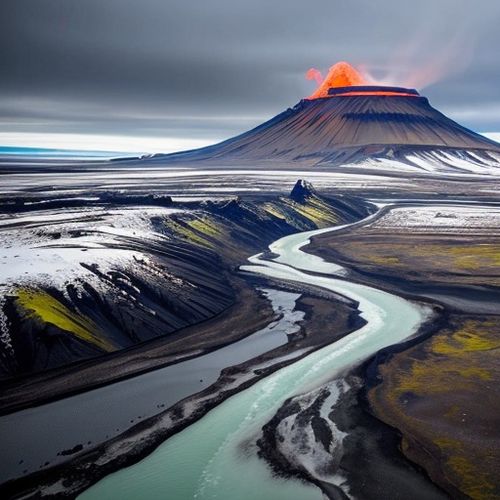
By Jessica Lee/Apr 11, 2025
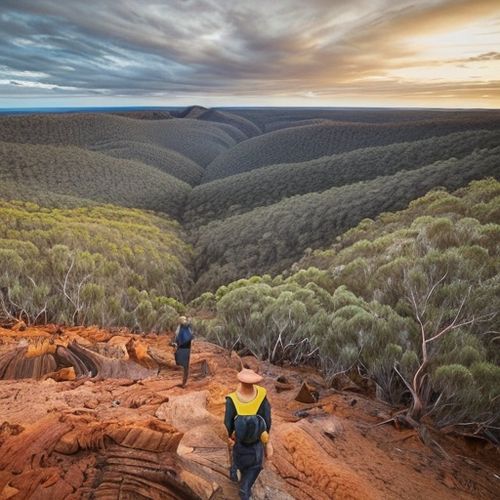
By Laura Wilson/Apr 11, 2025
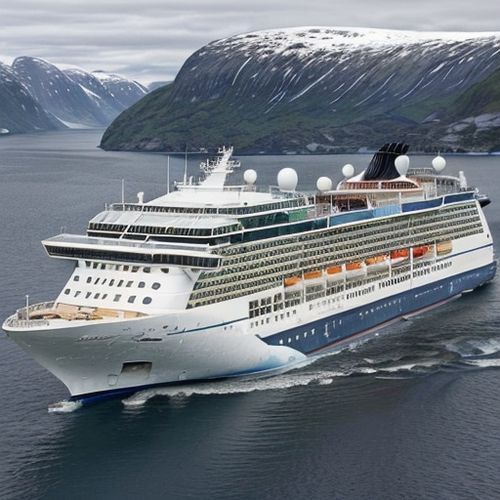
By Olivia Reed/Apr 11, 2025
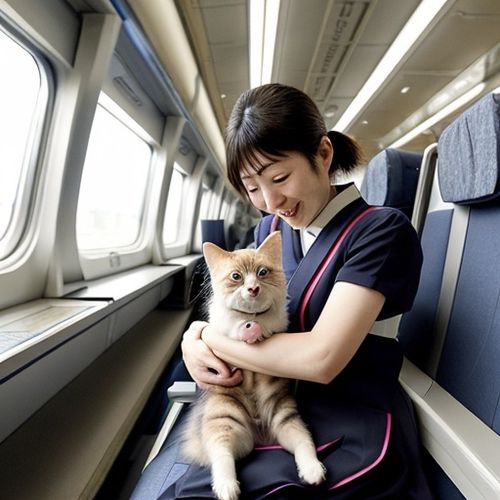
By Noah Bell/Apr 11, 2025
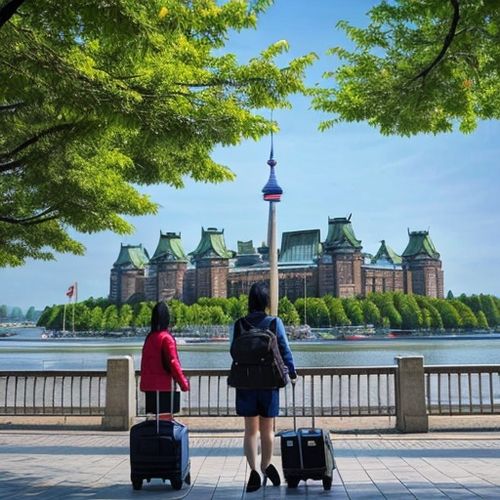
By Christopher Harris/Apr 11, 2025
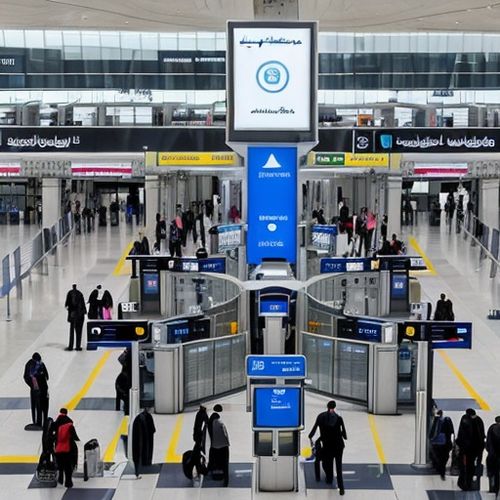
By Emma Thompson/Apr 11, 2025
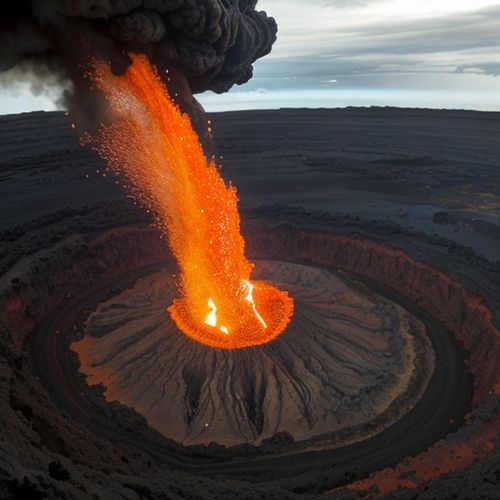
By Ryan Martin/Apr 11, 2025

By Grace Cox/Apr 11, 2025

By Sarah Davis/Apr 11, 2025

By James Moore/Apr 11, 2025
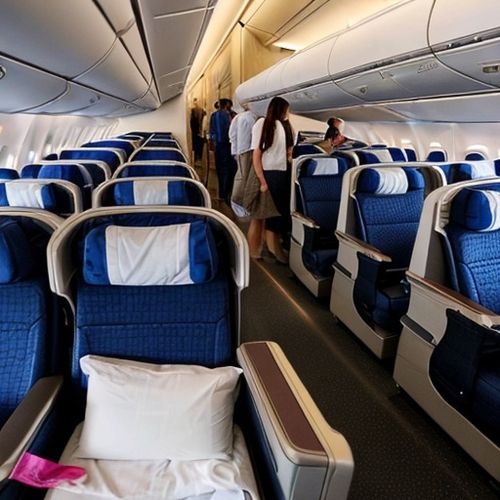
By Emma Thompson/Apr 11, 2025

By James Moore/Apr 11, 2025

By Victoria Gonzalez/Apr 11, 2025

By Michael Brown/Apr 11, 2025

By Grace Cox/Apr 11, 2025